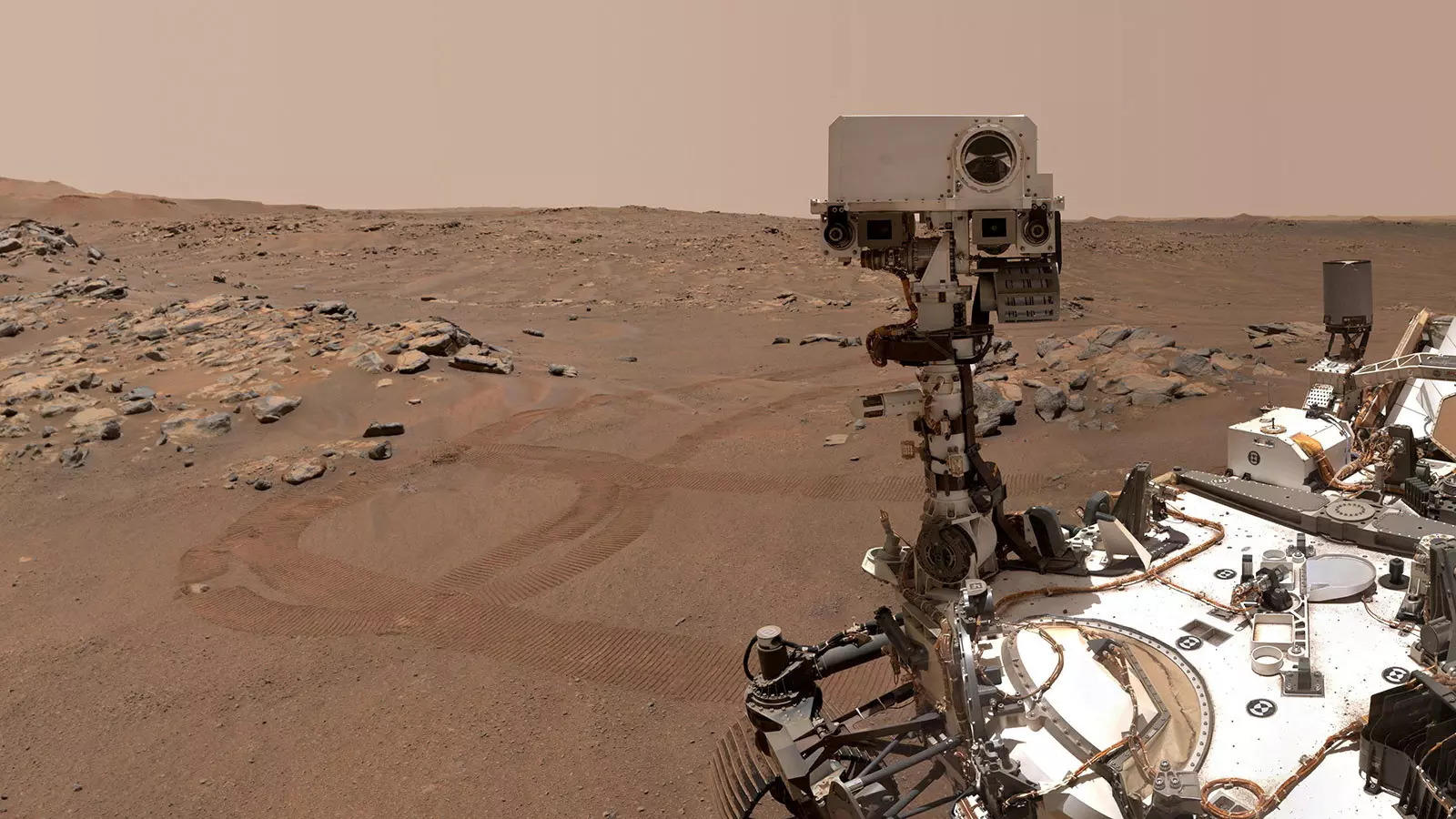
The NASA Perseverance Rover discovered organic matter in a rock, which could be a sign of ancient Martian life.
The rover took two samples from a rock named Wildcat Ridge in Jezero Crater’s old river delta. Its chemical compounds may serve as biosignatures, which is what makes it so intriguing. A biosignature is a chemical or structural indicator that may or may not require the presence of life to form.
The rock was analysed by the Scanning Habitable Environments with Raman and Luminescence for Organics and Chemicals (SHERLOC) instrument, which discovered the highest concentration of organic detections seen on the mission to yet.
Sedimentary rock containing organic material is a significant discovery, say scientists. Sedimentary rocks almost never contain organic molecules since they are typically linked to volcanic or hydrothermal activity. Because the Wildcat Ridge’s muck, sand, and salts were deposited in times and places where life might have flourished in the past.
These results show that this spot on Mars is a promising site to search for relics of past civilizations. The fact that SHERLOC can detect organic molecules at such low quantities represents a potential step forward in the instrument’s ability to evaluate the possibility that life once existed on ancient Mars.
To be fair, this isn’t the first time the rover has uncovered biological material on Mars. In addition to Perseverance’s earlier discovery of carbon-containing compounds, the Curiosity Rover has detected organic materials in Gale Crater.
There are currently 12 rock samples on board, one of which is from Wildcat Ridge thanks to Perseverance’s dogged pursuit of it. At an earlier point in the mission, it collected samples of igneous rock that could reveal information on volcanic activity in the crater.
Projections from NASA
For the future Mars Sample Return (MSR) effort, NASA is thinking about letting the rover drop some of its filled tubes on the surface.
The Mars Science Laboratory (MSW) mission plans to launch a lander to the red planet, collect the rover’s samples, and return them to Earth for further analysis via rocket. It is still in the works at this time. If all goes as planned, we could perhaps see the rocks as early as 2033.
Martian rocks have the potential to contain organic material and provide important insights into the Red Planet’s past. The successful launch of NASA’s MSR mission would be a watershed moment for the space agency and for Earth-based science.



